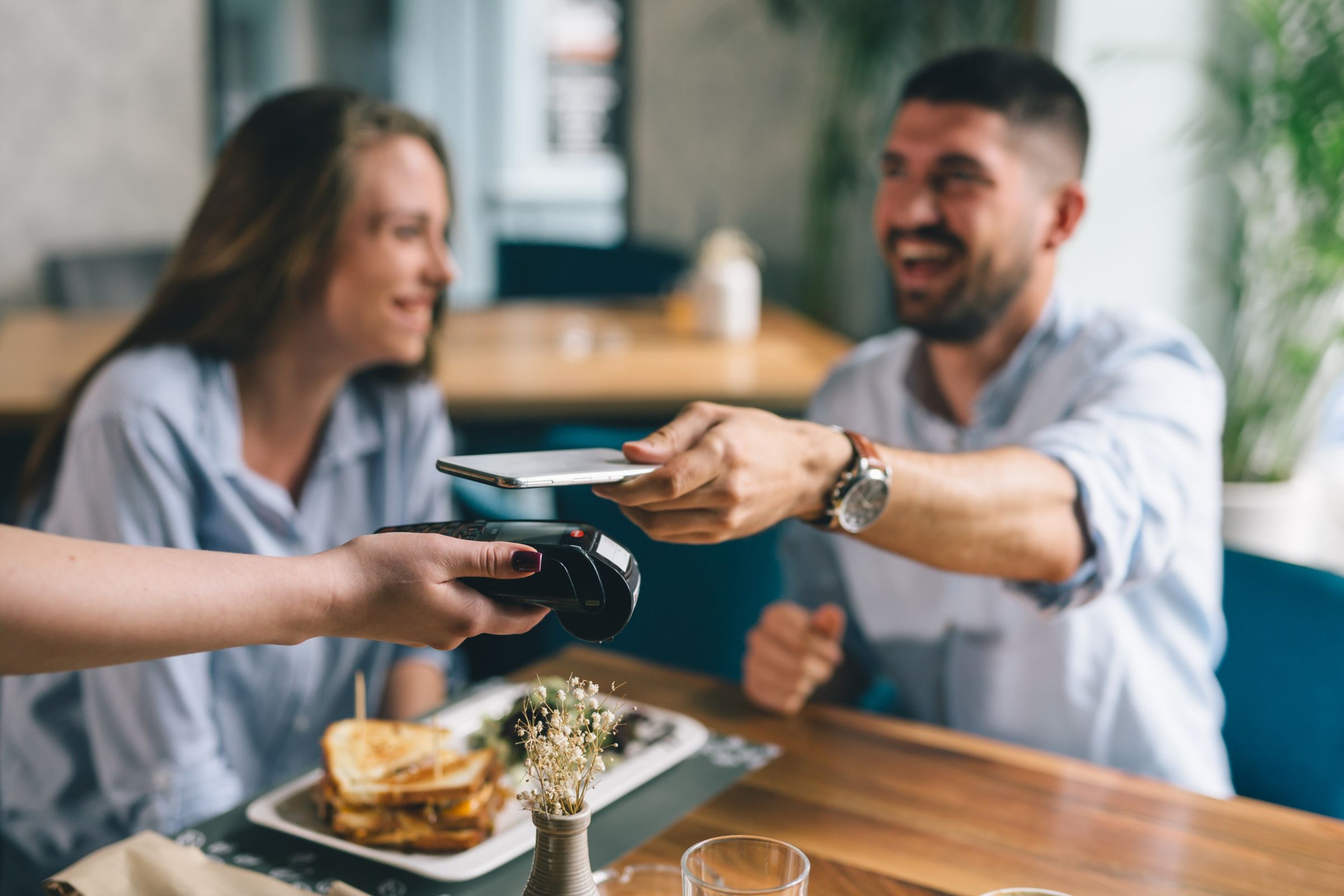For Consumers, It’s All About the Experience

Four relevant consumer spending trends emerged, based on our analysis of card payments
A rise in credit, contactless payments and omnichannel interactions is shaping a future more intricately connected to experiences. That’s what we found when we analyzed consumer spending patterns based on Q1 2023 consumer data compiled by SpendTrend® from Fiserv.
Using proprietary payment data from Fiserv operating systems, we analyzed spending from card-based forms of payment to measure actual same-store sales activity between January 1 and March 31, 2023. Altogether, we reviewed brick-and-mortar and online sales at nearly two million merchant locations to form a representative sample of commerce in the United States.
Here are four trends we found the most relevant:
1. Consumers are spending on experiences: Businesses that sell experiences, notably in the travel, leisure and entertainment space, saw more than 25% spending growth in the first quarter as shoppers increasingly began to purchase experiences in lieu of physical goods.
To capitalize on this trend, traditional businesses can consider selling experiences that fit well within their existing business models. Examples could include an art studio offering pottery classes, an Italian restaurant marketing pasta-making lessons, or membership programs that allow loyal customers to tap into special events.
2. Credit usage is climbing: Driven by a decrease in disposable income, inflationary pressures and historical lows in personal savings rates, U.S. consumers are reaching for their credit cards more often, sending credit usage climbing (+8.0%) faster than debit (+4.2%).
With purse strings tightening, many consumers are looking for creative ways to stretch their buying power. While credit provides the customer one avenue, some are also turning to special offers, such as gift card promotions, to get more bang for their buck. Others are adopting flexible payment options, such as Buy Now, Pay Later (BNPL).
Businesses that offer their customers more payment choices at checkout are able to create better experiences for their clientele.

3. Contactless has momentum: It took time, and maybe even a pandemic, but contactless payments in the U.S. are sustaining momentum – albeit a decade behind many international markets. What sectors are seeing the fastest contactless growth rates? Restaurants and retailers, which saw usage of contactless payments grow 116% and 81% respectively.
The adoption of contactless payments is an important security evolution that both benefits a business and signals a shift in how consumers plan to engage at checkout. Modern consumers expect to be able to tap a card at the point-of-sale or use their mobile device to pay with a digital wallet. Some business owners are even using QR codes, such as those enabled by Clover point-of-sale and business management system, to allow the business to accept contactless payments from PayPal and Venmo accounts.
4. Omnichannel is driving big box growth: Omnichannel interactions that give customers a unified digital/physical purchasing experience, such as in-app, order ahead and pickup in store, are more than fads. Today’s businesses are tasked with selling seamlessly across all channels, engaging customers at multiple points in their customer journey, and packaging each touchpoint into a refined brand experience. (For a better understanding of these solutions, look at Carat, a global commerce operating system.)
Who is doing it best? Unfortunately for smaller businesses, big brands are beating them to the punch. Large national merchants grew sales (+10.2%) through Q1 2023, compared to the growth of SMBs (+0.2%). Big brand growth was driven by a huge boost in omnichannel retail spend (+21.3%), an increase not mirrored in smaller businesses.
Smaller businesses that want to succeed against larger competitors should consider expanding their customer engagement channels beyond the four walls of their physical store, whether that means selling in-app or online, through marketplaces, or even social media platforms.
As businesses prepare for the future, taking an in-depth look at current payment trends provides a critical viewpoint into what is to come. Modern consumers are increasingly shopping across channels, looking for contactless options, and want flexibility in how they pay. By better anticipating how, when and where customers want to shop, each business positions itself to create the best possible experience for their customers.
Discover insights related to commerce

